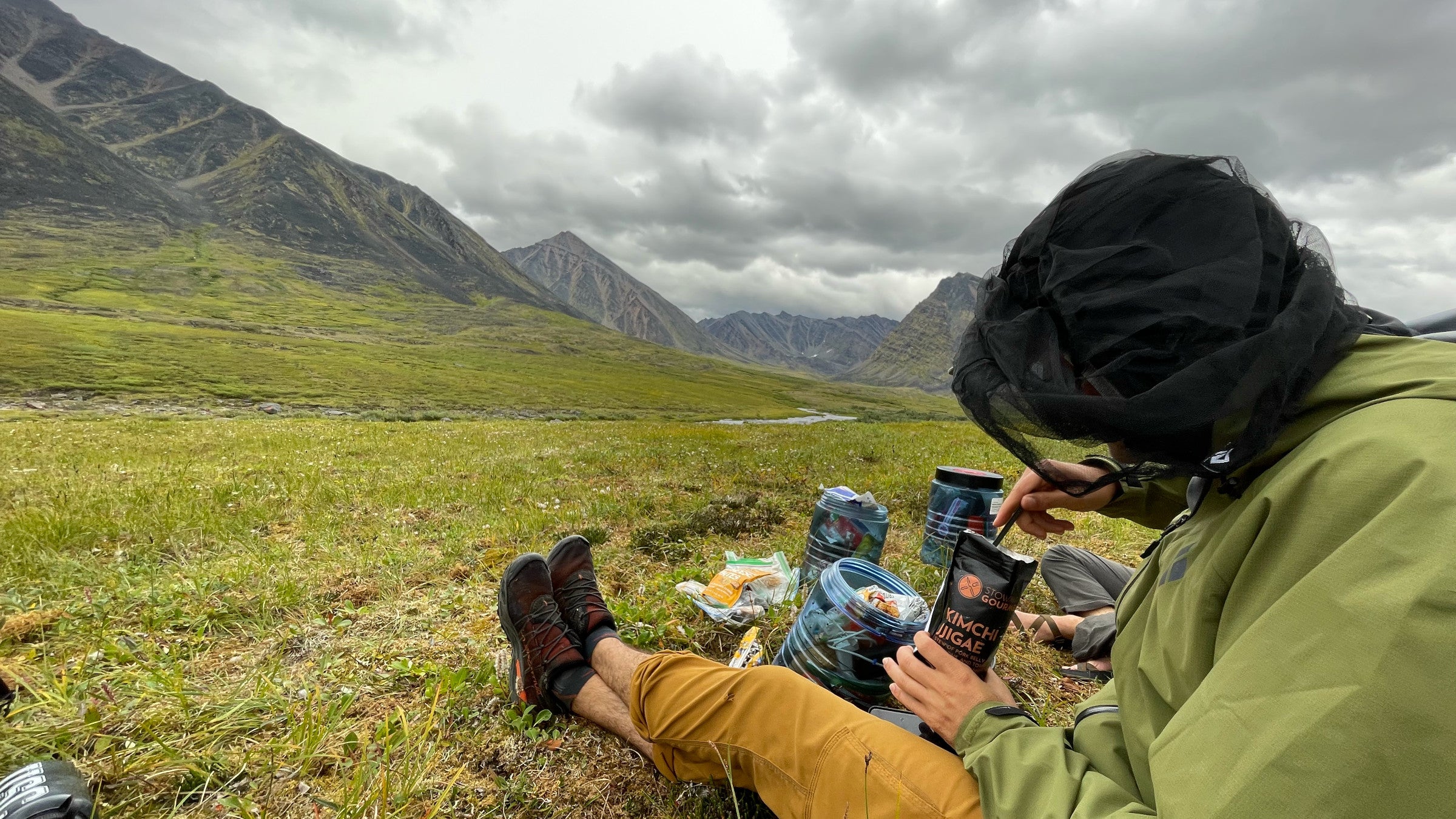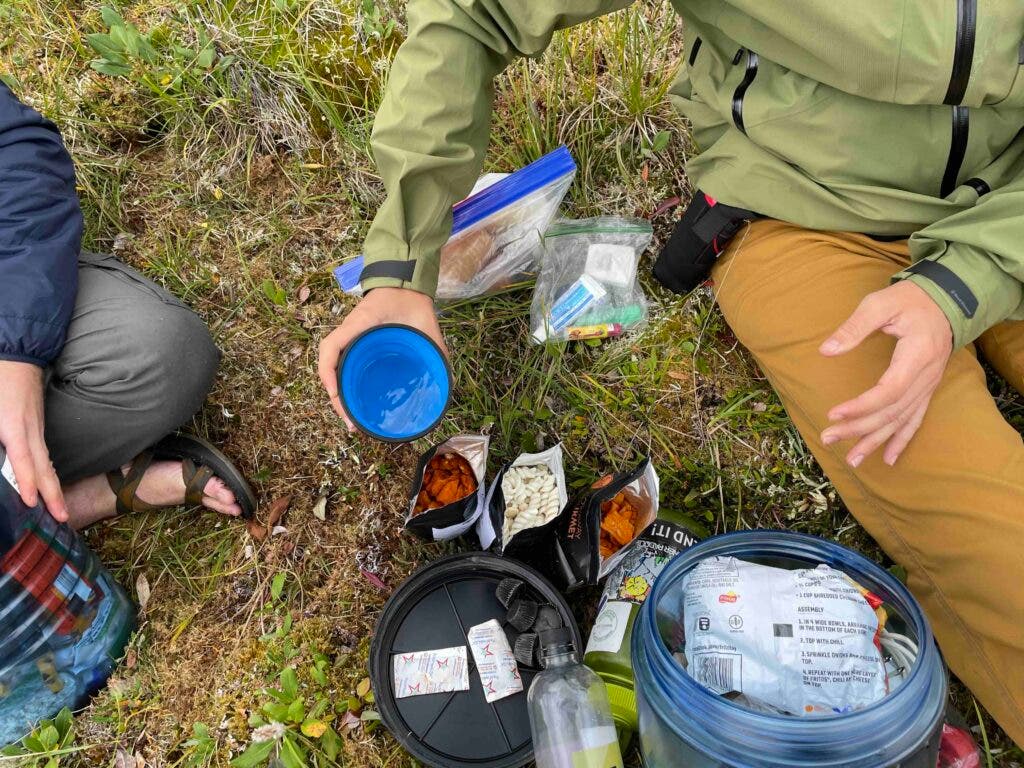10 Ways to Make Using a Bear Canister Suck Less

(Photo: Zoe Gates)
It’s a necessary evil of backpacking in bear country: the dreaded hard-sided canister. Bear canisters serve a vital function of protecting wildlife from human food, in turn, protecting humans from dangerous interactions with wild animals. A growing number of land managers require them for overnighters in popular, bear-ridden locations like Yosemite. Yet, they’re universally hated by backpackers. And it’s no wonder: Rigid canisters are a pain to fit into a backpack, add extra steps to the camp meal routine, and limit space for food. In areas where bear canisters are not required, we prefer soft-sided containers like the Ursack. That said, there are some steps you can take to make carrying a bear canister suck less.
Pack deliberately.
No one wants to get to the end of a trip and realize their favorite trail mix was buried at the bottom all along. Layer snacks and meals roughly by day inside your canister. Keep items you’ll need regularly on top. Repackage bulky or air-filled snacks and meals to cut down on volume.
Beware of flimsy plastic bags.
Especially if your canister is stuffed to the brim, delicate packaging is likely to tear, especially for models with a screw-on lid. Pack delicate items in the interior, or opt for more robust packaging, to avoid spills.
Call in reinforcements.
The BearVault is a popular model since it’s affordable, relatively lightweight, and approved for use in most parks and areas where canisters are required. The BearVault fends of meddling paws through a screw-on lid secured by two small nubs that lock against a plastic stopper on the can. These nubs can cause headaches for hikers, as they can be fiddly to press and screw past the stopper, especially with cold fingers. A handy solution? Slide a credit card between the lid and the locks while you unscrew, or use a handy little tool like this specially-designed “EZ Key Opener.”
Pack your backpack intentionally.
Keep balance and weight distribution in mind when placing your bear canister inside your pack. Place your canister as close to your back as pack volume allows and stuff other items around it to keep it from jostling around. Especially for frameless packs, consider padding the canister with soft items like your spare jacket to avoid hard plastic jabbing you while you hike.
Consider calorie density.
True ultralighters know opting for the most calorie-dense foods can maximize efficiency for pack weight and volume. The normies among us just buy our favorite snacks and toss ‘em in. But when space is limited, there’s value in considering how to best use it. Opt for snacks that pack a larger calorie punch into a smaller package, like peanut butter. Want to get really nerdy with it? Check out this video on the volumetric calorie density of backpacking food from GearSkeptic.

Close that lid before sitting.
One great thing about bear canisters is that they can double as a stool in camp. But if you’re not careful, you could cross thread the lid, locking yourself out, or cause damage to the locking mechanism. Always make sure the lid is secured tightly before you take a seat.
Be mindful when you stash it.
If a bear does find your cache, make sure it’s not in a vulnerable location. Your canister will prevent a bear from chowing down on your ramen, but won’t stop them from chucking it off a cliff or into moving water in the process of trying. Place your can away from any precipices overnight. A smell-proof sack like a Loksak Opsak can go a long way towards preventing a bear from finding your food in the first place, too.
Don’t close it too tight.
BearVault claims that once the lid tabs pass through the locking mechanism, the canister is secure—you don’t need to screw it as tight as you can. That’ll only make it harder for you to open. Every brand has a different closure mechanism, so be sure to read the manufacturer’s instructions before hitting the trail.
Be careful with bug spray.
Deet can degrade the plastic, rendering your bear canister ineffective. Store bug spray in its own baggie, or better yet, leave it out of your canister.
Be space efficient.
Leave cookware with, but outside of, the canister overnight. As your food stash diminishes over the course of your hike, you can store other gear items in the canister to make pack volume more compact.